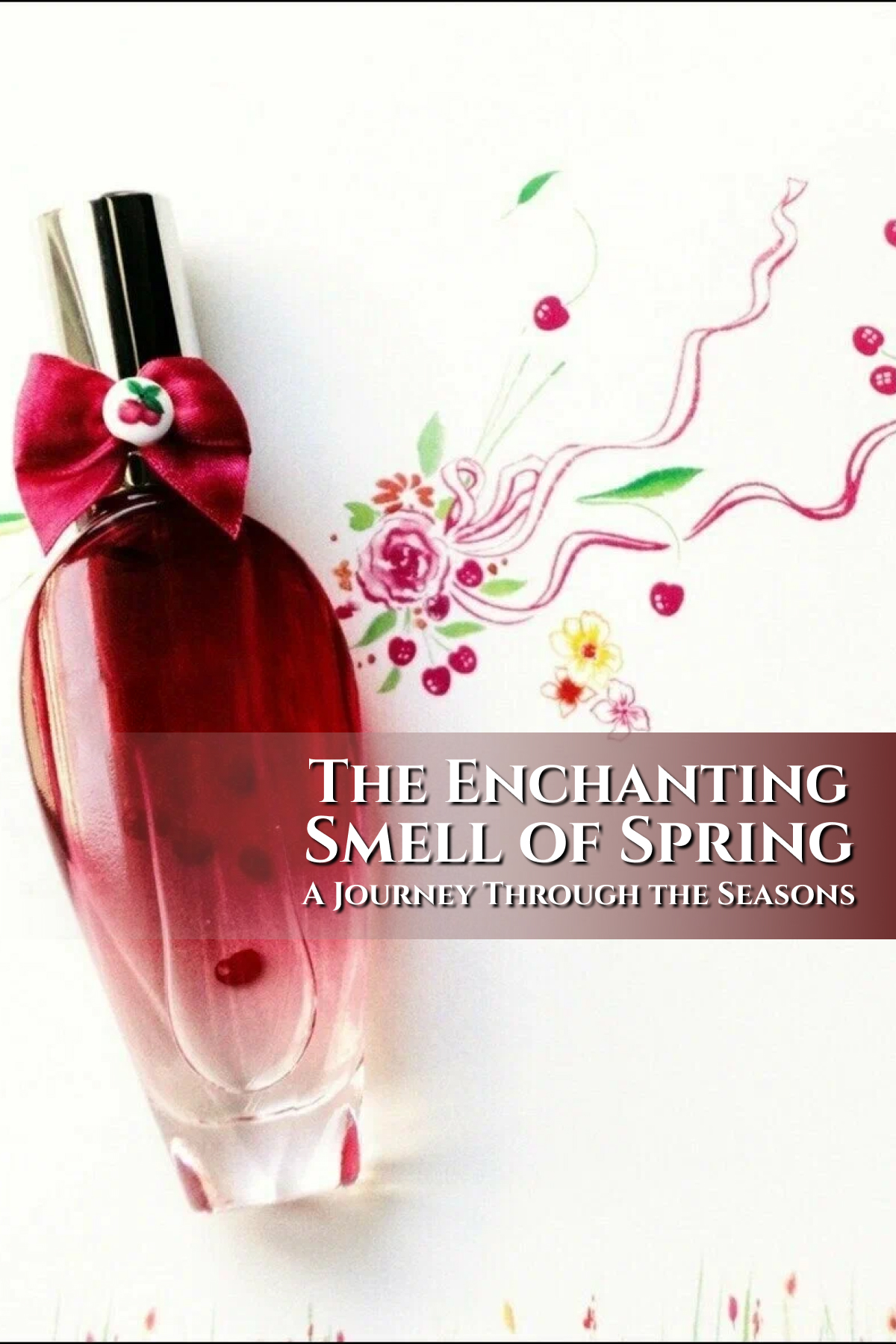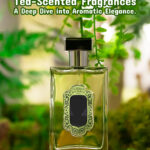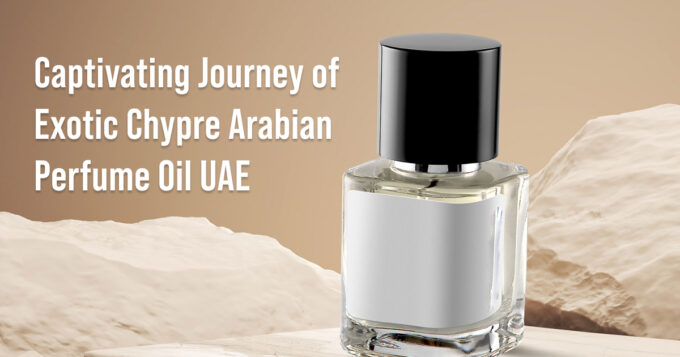Spring is a time for rejuvenation, rebirth, and sensory awakening following the icy embrace of winter. Among the many delights of spring, the scent is one of the most evocative and invigorating.
The “smell of spring” is a notion that includes a range of perfumes, each representing a particular facet of this colourful season. This blog article will guide you through the smells of spring, covering their natural sources, cultural importance, and how you might incorporate the essence of spring into your daily life.
1. The Science of the Smell of Spring
Before getting into individual scents, it’s important to understand what gives spring its unique fragrance. The smell of spring is mostly caused by plant life waking up and beginning its growth cycle. As the temperature rises, plants begin to emit volatile organic compounds (VOCs), which are responsible for the season’s fresh and floral perfume.
Petrichor is an earthy fragrance that emerges when rain falls on dry soil. This odour is caused by the emission of geosmin, a chemical generated by bacteria that live in the soil. Petrichor is frequently one of the first odours of spring, indicating the end of winter’s dryness.
In contrast, Mercedes Benz Eau de Toilette offers a refined and fresh scent, blending citrus and woodsy notes to create a dynamic fragrance perfect for those who prefer a modern, elegant scent over the natural aroma of petricho
Photosynthesis: As plants begin to photosynthesis, they emit a range of VOCs, including isoprene, which contributes to the fresh, green aroma of spring. This aroma is commonly linked with freshly cut grass and budding trees.
2. Floral scents of spring
Spring is associated with blooming flowers, and their perfumes are possibly the most recognisable symbol of the season.
Cherry Blossoms: In many cultures, cherry blossoms are the symbol of spring. Their delicate, sweet, and faintly almond-like fragrance is transient but distinctive. In Japan, the blooming of cherry blossoms is commemorated with Hanami, a ceremony that involves appreciating the fleeting beauty of flowers.
Lilacs are noted for their rich, sweet aroma, which can permeate an entire garden. Lilac is known for its floral, powdery, and somewhat green perfume, making it the classic spring fragrance.
Hyacinths emit a strong, enticing perfume that blends flowery and spicy undertones. Their fragrance is frequently connected with the first warm days of spring and is popular in gardens and floral displays.
Magnolia’s aroma is rich and complex, with sweet, lemony, and somewhat musky elements. This fragrance is commonly associated with southern locations where magnolia trees thrive, and it gives a luxury touch to the scent of spring.
3. Green Scents of Spring
Beyond flowers, the fragrance of fresh greenery is a distinctive feature of spring. These green scents induce feelings of freshness, vitality, and renewal of life.
Fresh-cut grass is one of the most recognisable spring smells. This aroma is induced by the production of volatile organic compounds (VOCs), specifically cis-3-hexenal, which is formed when grass is cut. The smell is frequently connected with outdoor activities and the arrival of warmer weather.
Herbs: In the spring, many herbs begin to thrive and release aromatic oils into the air. The aromas of mint, basil, and rosemary, among others, are not only refreshing but also exhilarating, reminding us of the earth’s abundance.
Tree Buds and Leaves: As trees start to bud and leaves unfold, they emit mild yet distinct aromas. Birch has a pleasant, slightly minty aroma, whilst poplar buds are resinous and balsamic.
4. Cultural Significance of Spring Scents
The smell of spring is both a sensory and cultural experience. Different communities have commemorated the coming of spring and its related fragrances in diverse ways. One fragrance that captures the essence of spring is Meryves Saint Laurent Eau de Toilette, which combines fresh, floral notes that evoke the blossoming season. Its delicate yet vibrant scent brings to mind blooming flowers and revitalizing breezes, making it a perfect fragrance to celebrate the arrival of spring.
Spring Festivals: Around the world, spring is celebrated with festivals that highlight the season’s smells. For example, in India, the Holi festival features the usage of aromatic powders and flowers to represent the joy and colour of spring.
Perfumes and Fragrances: Many perfumes are inspired by the scents of spring. Fragrances with notes of jasmine, rose, and citrous are especially popular during this season because they recall the freshness and vigour of spring.
Literature and Poetry: The smell of spring has been immortalised in literature and poetry for centuries. Writers frequently utilise spring scents to represent new beginnings, love, and the transitory essence of beauty.
5. Bring the Smell of Spring into Your Home
You do not have to wait for the season to smell like spring. There are numerous ways to incorporate these pleasant fragrances into your house all year round.
Essential oils are an excellent way to experience the scents of spring. To create a fresh and uplifting ambience in your house, diffuse oils like lavender, geranium, and lemon.
Candles and Incense: Scented candles and incense sticks with springtime scents can fill your home with the aroma of blooming flowers and fresh foliage. Look for fragrances such as lilac, hyacinth, and freshly cut grass.
Indoor Plants: Growing indoor plants with fragrant leaves or blossoms can bring the scent of spring inside. Herbs like basil, rosemary, and mint not only smell good but also bring a touch of greenery to your home.
Potpourri: Making a potpourri with dried flowers, herbs, and essential oils is another method to get the smell of spring. Choose a combination of fragrant blossoms and green leaves to create a natural, springtime smell.
6. Psychological Effects of Spring Scents
The smell of spring has a strong psychological impact, frequently associated with feelings of enjoyment, relaxation, and regeneration.
Mood Enhancement: The fresh and floral scents of spring can dramatically boost mood and reduce stress. The association of these scents with the season of regeneration lifts moods and promotes positive thinking.
Memory & Nostalgia: Spring smells can trigger recollections of childhood, holidays, or outdoor activities. This nostalgia might provide a feeling of contentment and well-being.
Increased Energy: The exhilarating scents of spring, such as citrous and fresh grass, can boost energy levels and promote a feeling of vitality. This is especially good following the sluggishness of winter.
7. Conclusion: Enjoying the Smell of Spring
The smell of spring is more than just a pleasant aroma; it is a profound sensory experience that ties us to nature, society, and our own emotions. Whether it’s the fresh perfume of rain, the floral aroma of blooming flowers, or the green fragrance of new leaves, the aromas of spring provide a sense of happiness and rejuvenation. Understanding and accepting these scents allows us to fully appreciate the beauty of the season while also carrying its essence with us throughout the year. Whether you’re strolling through a blooming garden or diffusing spring-inspired essential oils in your home, take a moment to breathe deeply and allow the scent of spring raise your spirits.












